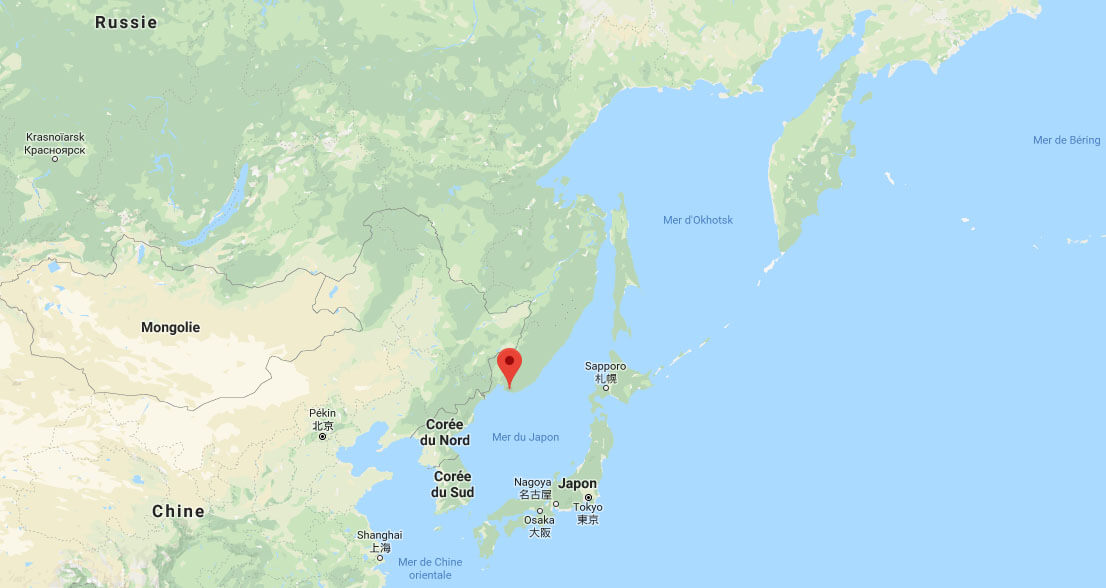Since November 2018, 87 belugas and 11 killer whales have been illegally held captive in a “whale prison” off Nakhodka in the Russian Far East. The publication of images of the whales confined in pens and surrounded by ice has sparked outrage from the public and animal rights groups.
In April, the Russian government signed an agreement to release the captive whales with the collaboration of the Whale Sanctuary Project, a US-based organization that is campaigning to end the cetaceans’ confinement in the aquarium. The rescue is expected to commence soon, although “this is just the beginning of an undertaking that may potentially take several years,” explains oceanographer Jean-Michel Cousteau in an interview with Radio-Canada.
Why were the whales captured?
The capture of wild marine mammals is permitted in Russia, but only for scientific or educational purposes. Russia is the only country where capturing belugas is still authorized. In Canada, capturing belugas for export has been banned since 1992. The four Russian companies responsible have purportedly obtained permits. However, the captured belugas and killer whales were intended to be sold to Chinese aquariums for entertainment purposes, which is against the law. Additionally, several beluga calves were captured, which is also illegal, even with a permit. These same companies have supposedly already exported 13 whales to China in 2013 and 2016. The marine theme park market is growing in Asia. There are at least 76 dolphinaria in China, which is twice as many as three years ago.
How are the whales faring?
A team of scientists led by oceanographer Jean-Michel Cousteau visited the enclosures of the belugas and killer whales to assess their living conditions, their health and the possibility of releasing them. They observed that the individuals did not have enough space. Most of the individuals showed skin or mouth lesions, which might be an indication of the presence of other health issues. Further, the facility does not have quarantine enclosures to prevent the spread of infections.
Temperatures are so low this time of year that caretakers must regularly break the ice that accumulates in the enclosures to allow the whales to surface to breathe. Since killer whales migrate south for the winter, they are not adapted to such temperatures. With regard to the belugas, they are probably not sufficiently active in their small pens to maintain an optimal body temperature.
What’s taking so long to release the whales?
Even if we would like to see the “prison” dismantled as quickly as possible, opening the gates of the enclosures would certainly spell the death of the whales: the water is covered in ice, food is scarce, several individuals are in poor health and the group includes a number of young belugas that have never lived on their own in the wild.
But there is good news: according to the expert team, all individuals could eventually be rehabilitated and released. The fact that the animals have been captive for just a few months and have not been trained should facilitate their reintegration into the wild.
Ideally, each individual should be returned to where it was captured so that it can return to its former group. The whales come from the Sea of Okhotsk, which is currently covered in ice, meaning the operation cannot begin until June. In the meantime, each animal will be examined to establish an individual recovery plan.
For individuals in poor health or those that are too acclimated to the presence of humans, a whale sanctuary might be considered. A sanctuary is a large enclosed space in a coastal environment in which marine mammals can live as they do in the wild, but without the dangers of predation. A team ensures the well-being of the animals, which sometimes have lost the reflex to feed on their own.
Charges of illegal extraction of biological resources have been filed against the four companies involved. In December, an investigation was also opened for animal cruelty.






